Grīziņkalns
more than a year agoSights & Attractions
Chimney Sweep Statue
Chimney sweeps are still held in the highest regard in Latvia and if you see one in his traditional 19th-century uniform on the streets it’s considered good luck to rub his brass buttons. A statue of a chimney sweep and a stone mason created by artists Kārlis Īle and Ģirts Burvis is located at the corner of Mātīsa and Mūrnieku streets and a couple of park benches are available if you want to take a load off while admiring the work of art. At the corner of Matīsa and Mūrnieku.
Grīziņkalns Park (Grīziņkalna parks)
Once called 1905 Revolution Park due to its perceived connection to the failed uprising, this natural sand dune officially became a park in 1902 when a local beer magnate built a restaurant, theatre and amusement park here. It became particularly popular with the local factory workers and their families who lived in the surrounding area. Sadly, retreating Russian troops razed all of its buildings, save one, in 1917, but the park was rebuilt in a different style in the late 1920s only to be destroyed again during WWII. The occupying Nazis even used part of the park as a POW camp for Soviet troops and the Soviets later built a top secret military bunker here. Today it’s a good place for a walk and it’s also home to basketball courts. A monument to 1905 revolutionaries can be found at the corner of Pērnavas and Jāņa Asara streets. Between Pērnavas, Ata and Jāņa Asara.
St. Paul’s Church (Sv. Pāvila baznīca)
Construction of St. Paul’s Church began in 1885 and when its chief architect Gustav Hilbig died two years later his son Hermann picked up the reigns and completed the job. Designed in English neo-Gothic style, the impressive building is still an eye-catcher today as it occupies a green patch of land not far from the Grīziņkalns Park. Part of one of the Soviet Union’s most celebrated spy thrillers, Seventeen Moments of Spring, was also filmed here in the early 1970s.Deglava 1, tel. (+371) 67 29 56 89, www.pavilabaznica.lv.
Wooden Riga (Koka Rīga)
Two restored wooden buildings in the Grīziņkalns neighbourhood make up the Wooden Riga restoration centre, which is part community hub and part museum. Enter the landscaped courtyard to visit the main hall, which is also a conference room and exhibition hall that displays some excellent examples of wooden architecture throughout Latvia via photos and artefacts including a two-storey section of a wooden façade. Next door you’ll find a number of apartments restored to how they would have looked during the tsarist, Soviet and pre-WWII eras of Latvian history. Guided tours can also be arranged if you call ahead. Krāsotāju 12, tel. (+371) 29 23 36 98, www.kokariga.lv. Open 10:00 - 16:00, Sat 10:00 - 15:00. Closed Sun.
Ziedoņdārzs Park
Hemmed in by a number of streets including Riga’s main artery Čaka iela, this park was created in the second half of the 1930s. Several old buildings were demolished to make room for this 6.4h plot of land that is now home to rows of linden trees, decorative hedges, pedestrian walkways, a fountain, a playground and a monument dedicated to writer Aleksandrs Čaks. Although you’ll see plenty of mothers and grannies pushing prams here during the day, it’s probably not the safest place to visit after dark. Between Čaka, Matīsa and Artilērijas.


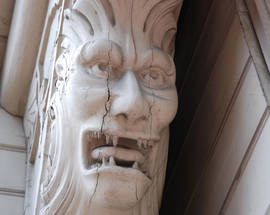
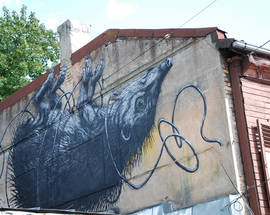
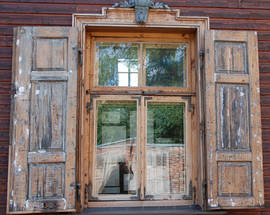
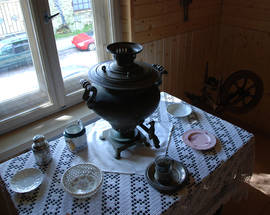
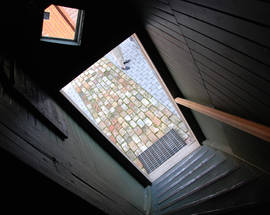
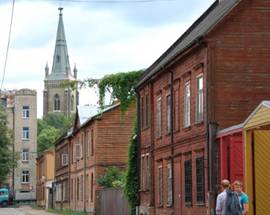
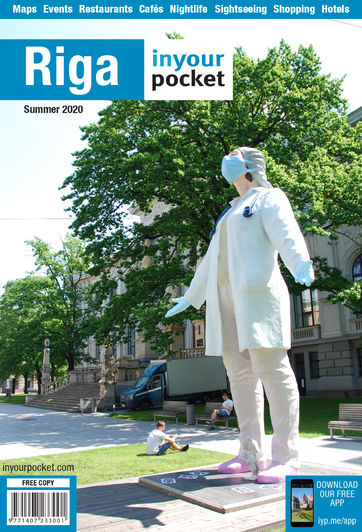


Comments